As an Amazon Associate I earn from qualifying purchases.
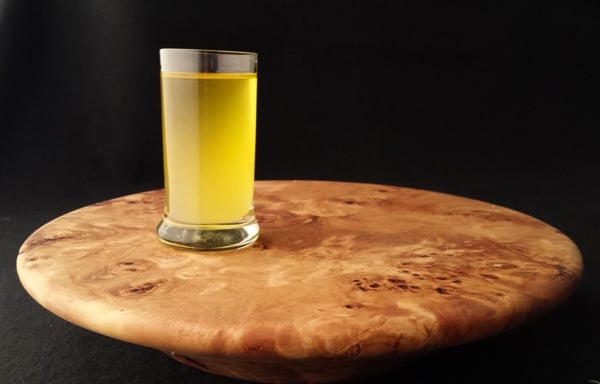
Much of my hunting is done in pursuit of fat.
This might sound strange, but it’s true. I chase wild hogs in late spring, when they are fat from green grains, or in the middle of autumn, when they’ve have gorged themselves on acorns. I try to hunt deer around agricultural regions, where they too grow fat on alfalfa, corn or barley. But I am, above all, a waterfowl hunter. Holly and I chase ducks and geese close to 30 days a year, and during our 107-day season we eat duck at least two or three times a week. The reason for our fervor is fat.
Ducks and geese here in Northern California are wintering, and the vast fields of rice in the Sacramento Valley provides the birds with enough food to grow plump, sometimes to the point of obesity. Year in and year out, rendered wild duck and goose fat is our staple. Eggs, garlic bread, venison steaks, onions — we use duck fat everywhere others might use butter or oil. Yes, I do buy butter and olive oil, but not all that much.
All this mystifies even most hunters, let alone “civilians.” Fat is the enemy, right? And even those few who have freed themselves from this canard (yes, I went there) wonder why I would bother to render my own “lard” from ducks, geese, wild pigs and bears. Those people have forgotten a deep truth: Fat is life.
No substance we animals eat contains more energy than fat. All animals want it, and we humans are so obsessed with fat (and sugar, but that’s another story…) that we’ve spent several eons perfecting an elaborate food system that makes fat not only easy to obtain, but damn well impossible to escape.
It wasn’t always this way. For nearly 2 million years, going back to our ancestor Homo erectus, and quite likely long before that, animal fat has been something of a passion for our genus. Why? Because our outsized brains require an enormous amount of energy to run, and the best way to feed the beast that is our brain is to eat fat. And for the most part, that means animal fat (which includes insects, by the way). Until you get to agriculture, a mere 10,000 years ago, nuts and a few seeds are pretty much the only good source of fat around. Plant oils come much later.
Fat is still king in a few places. One such is Alaska, where the First Nations people have retained their obsession with animal fat, chiefly in the form of seal oil. To paraphrase that Frank’s Hot Sauce ad, they put that shit on everything. Why? To add calories to whatever food they’re eating. If you’ve ever tried to just function in an endless, freezing winter — and certainly Mainers, Dakotans and Minnesotans know all about this — you know that you need extra calories just to stay warm. Incidentally, I happen to like fresh seal oil: It’s pretty neutral. Duck fat is better, though.
Another area where fat is king is in places where your next meal isn’t just down the corner, let alone a ten-step walk to the fridge. Places like the Kalahari, or the vast Pacific, or any number of deserts. People who have lived in these places apparently have evolved a special gene (or set of genes), commonly called the “thrifty gene,” that allows them to store fat better than I can, as an American of European descent. This, some researchers believe, helped Polynesians populate the Pacific, Inuit make it through the lean late winter and early spring, and desert peoples through long periods of want that would level us. Sadly, for these people, most visibly the Samoans and Native Americans, that thrifty gene does not serve them well in this fat-(and sugar)-soaked America we live in. This, some scientists believe, is why these groups suffer from obesity and its related diseases more than the rest of us.
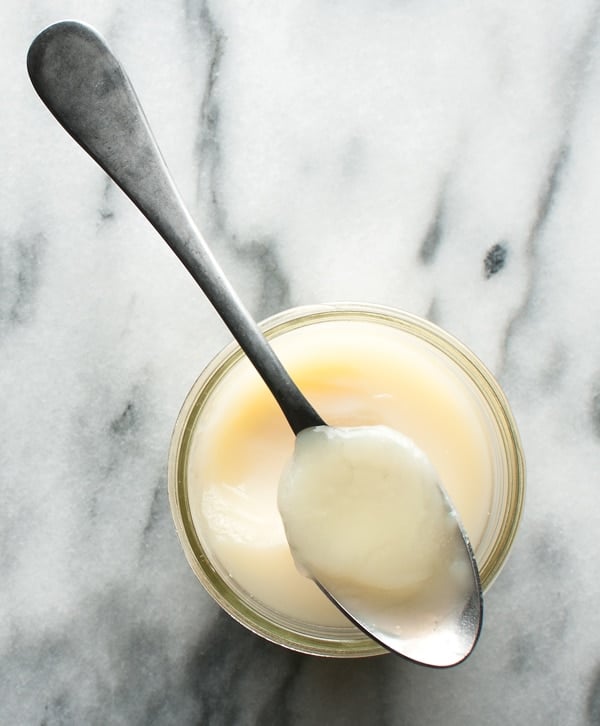
This still leaves the question of why I bother to make my own cooking fat, when it is quite possibly cheaper and definitely easier to buy it. The easiest answer is that I do this because I can. Another answer that is both simple and compelling is because as a thrifty Scotsman, even though I lack the biological thrifty gene, the idea that waste is a sin runs deep within my DNA. To throw out such wonderful, sweet and lovely fat would be a crime against Nature.
The duck or that pig or whatever I just shot spent a great deal of effort putting on that fat, and it represents a biological bank account against harder times. In a duck’s case, fat not only helps insulate, but it also will give the drakes energy to compete for for the hens’ affection. For the hens, they need it because laying eggs and tending their ducklings requires a lot of energy. No non-human predator would think twice about cashing in that bank account once it had killed this hen or that drake. But I’d wager 80 percent of human duck hunters would toss the skin and fat into the trash, where it will feed only seagulls, roaches and rats at the town dump.
Don’t get me wrong: I skin some birds, too, notably smelly divers and sea ducks, whose fat is most often built on invertebrates, fish and other items that, while yummy when fresh, will make a duck stink like low tide in August when cooked. (Notably, the Inuit and other Arctic peoples, like the Newfies, don’t find this aroma disgusting like we do. Disgust is a cultural thing.) All I am saying is that if you are in possession of a corn-fed mallard, or a rice-fed pintail, or a pig fat from barley or a deer prosperous from eating acorns, you owe it to yourself to enjoy that gift.
There is a final reason I choose to celebrate the fat of the land. I hunt and fish and forage for a lot of reasons, and one of the most important is to divorce myself as much as possible from an industrial food system I find corrupted in the original sense of that word. It’s rotten, and I simply don’t trust it. So if I can avail myself of one more product from the wild that allows me to step even farther away from that system, I will do so. Gladly.
Fat is life, people. Revel in it.
Want to render your own duck fat, goose fat, bear lard or wild pig lard? Here’s how to do it.

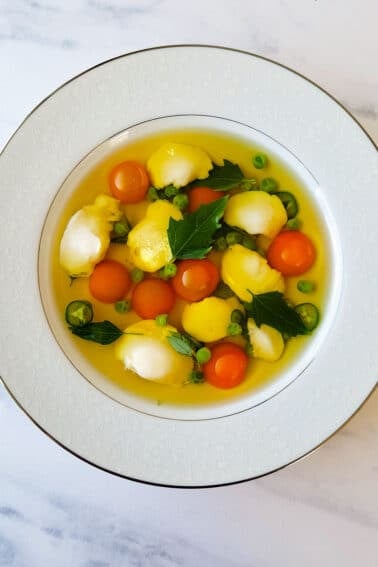
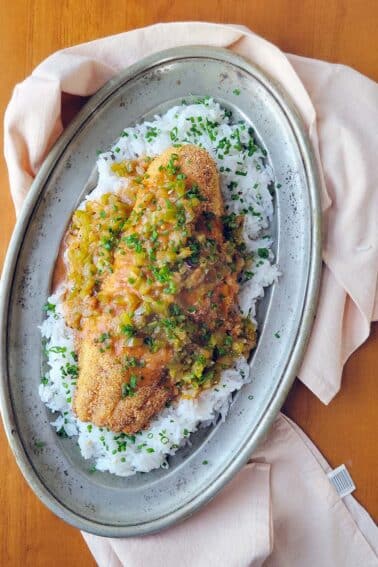
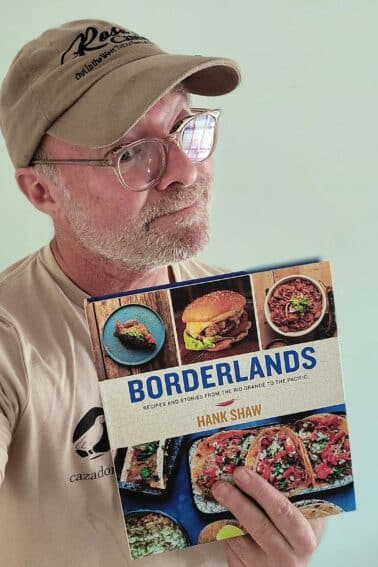

Thanks Hank. All the hunters in my family remove the skin from any and all foul. Yes, it upsets my dream of perfectly cooked duck breasts or crispy skin on pheasant. I am forwarding this article to all their lazy asses! They can endure all that hunts require but can’t pluck! Obviously they can’t cook either! ty for your article. It backs me 150%!
I buy duck at the “stupor markup” now and then. It’s a bit pricey. So the first order of business is to skin the duck and render the fat. A win-win to my way of thinking ’cause the rendered duck fat alone is worth the price I paid for the bird.
Yup, I render lard and duck fat and schmaltz and tallow to cook with when I can’t find grass-fed butter. Mm. Delicious, too!
Excellent post, I cook quite a bit with poultry fat. If you are not already familiar with it, the book Fat: An Appreciation of a Misunderstood Ingredient, with Recipes, by Jennifer McLagan, is great.
I have a whole fridge full of tallow and leaf lard. I can’t keep myself from saving it. I raise Berkshire hogs and save the leaf lard – should be saving the rest as well but can hardly keep up with what I have.
Hank – I know you are local here in the Sacramento area. I am putting together a traditional foods and pastured meat collective. Do you ever do classes and/or lecture?? Would love to meet you.
Jennifer: Yep, I do that all the time. Doing a wild plants talk in Vacaville in March.
Dude…that is a GREAT article. I’m taking a break from processing a deer I shot last week and this has me reconsidering everything I thought I knew about deer fat. All I’ve ever read is “it turns rancid”.
Going to have to revisit that notion…these deer are just hammering acorns, wheat, and corn. I’ll be reading a lot more of your stuff. Keep up the great work.
I am in complete agreement with you, Hank. My wife and I ask for ALL the fat (and bones, organ meat, etc) from the grass-fed animals (lamb and beef) we buy from our farmer friends. Some of the beef fat is saved for rendering into tallow, which we often use for cooking. Some of the lamb fat goes into our venison sausage. I would not dream of throwing away the fat from the animals we harvest or have butchered for us. The fat from deer here in northern Michigan can be pretty-strong tasting (as these deer are eating forest vegetation, not corn) – but even that fat gets saved for things like making soap (venison tallow makes a wonderful soap). And finally, the butter we use is purchased from another farmer friend, who makes it herself. You can tell by the deep orange color (and the taste) of her butter that it is FAR more nutritious than the industrial butter people buy from the grocery store.
Just started rendering my waterfowl fat (I have almost a quart of canada goose fat from 6 late season birds) and I am slapping myself for not starting sooner. As a potato-loving Irishman, it has changed my life! Taters+rosemary+goose fat=heaven.